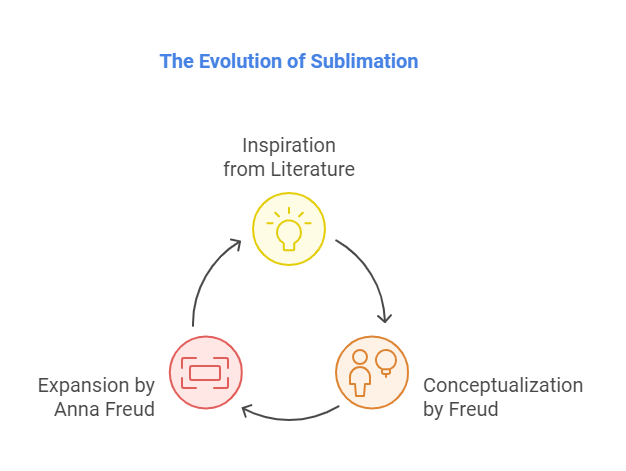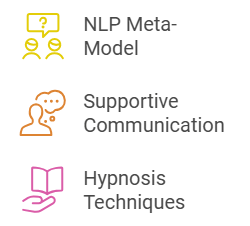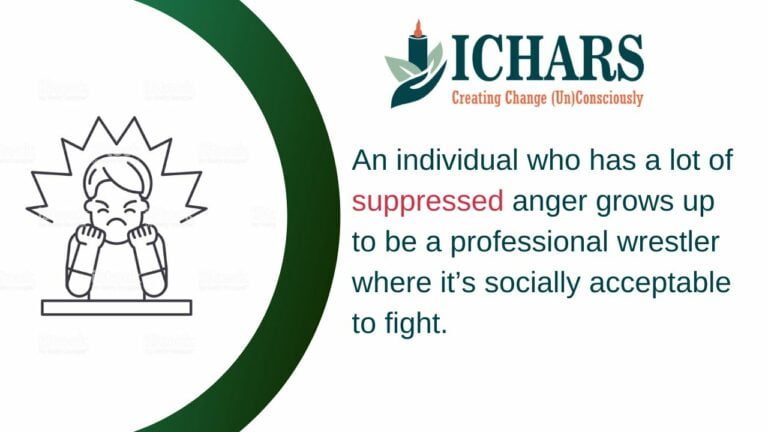Welcome to a comprehensive exploration of sublimation, a fascinating psychological defense mechanism. In this article, we will delve deep into the concept of sublimation, its historical roots, practical applications, and how therapists work with clients who use this mechanism.
What is the Defense Mechanism of Sublimation?
Sublimation is a psychological defense mechanism in which socially unacceptable impulses or idealizations are unconsciously transformed into socially acceptable actions or behaviours. This transformation can result in a long-term conversion of the initial, often problematic, impulse.

History of Sublimation

Sigmund Freud got the idea of sublimation while reading “The Harz Journey” by ‘Heinrich Heine‘.
The story was about Johann Friedrich Dieffenbach who cut off the tails of dogs he encountered in childhood and later became a surgeon. Freud termed ‘sublimation’ as one of the mature defence mechanisms but it was ‘Anna Freud’ who actually built upon this in her book – “The Ego and the Mechanisms of the Defence”.
Defense Mechanism of Sublimation: Case Study

Uma is a widowed woman; she has never had feelings for any man other than her deceased husband. She gets introduced to her daughter’s boyfriend and suddenly feels attracted to the young man.
What does Uma do?
She unconsciously transforms her unacceptable feelings into motherly feelings which are accepted in society. She starts funding his education, takes him and her daughter out for dinners and movies etc. Calls him once a week to check on his studies and hostel. Goes out of her way to help him and even sides him when her daughter and her boyfriend pick a fight.
What Uma is doing here is that she is using the defence mechanism of sublimation.
How does Sublimation work?
When individuals are faced with certain thoughts, feelings, or emotions that are conflciting with societal norms or their moral values, they experience anxiety, stress, or guilt. To cope, the mind generates subtler and more socially acceptable ways to channelize or express these thoughts and feelings. This redirection occurs unconsciously, allowing the individual to reduce stress, anxiety, or guilt without being aware of it.
Defense Mechanism of Sublimation: Examples

Let’s explore sublimation with real-life examples:
- Professional Wrestler: An individual with suppressed anger becomes a professional wrestler, where fighting is socially acceptable.
- Dance Instructor: A person who did not succeed in the entertainment industry becomes a dance instructor instead.
Displacement vs Sublimation
Sublimation shares similarities with displacement, but it differs in its outcome. Displacement involves redirecting emotions destructively, often harming relationships. Sublimation, however, channels emotions constructively, resulting in socially acceptable behaviour.
In the case of displacement, the woman’s anger towards her boss is channelized via a desrtuctive behaviour of shouting towards her sister, causing harm to their relationship. On the contrary, sublimation distinguishes itself by steering emotions in a more socially and morally acceptable direction, as exemplified in Uma’s case.
Sublimation: in day to day life
We all use the defense mechanism of sublimation knowingly or unknowingly.
The simplest example would be, a boy who feels extreme anger towards his father since he can’t express it; he plays violent video games. Now, this is definitely helping him in a way, however, the flip side to this is that the original feeling of anger towards the father is not addressed. At the same time, not always will he get a chance to play video games which can then add to more complications.
In the story of Uma and her daughter, there’s a chance that the daughter might may object to her mother going overboard with the young man. She might feel left out or upset. This could make things difficult between Uma and her daughter.
Like all defense mechanisms, Sublimation serves a valuable purpose in the short term. However, over the long term, it can potentially lead to complications.
Therapists Niche: Working with Clients using Sublimation
When therapists work with clients who employ sublimation as a defense mechanism, it’s essential to navigate this delicate territory with care and insight. Sublimation operates at the unconscious level, shielding clients from their true, often challenging emotions. This protective mechanism is in place because clients may not possess the capacity to handle:
- Their authentic feelings (as seen in Uma’s attraction towards the young man).
- The anxiety, guilt, or helplessness that would accompany the awareness of these authentic emotions.
Potential Challenges with clients employing Sublimation
During therapy and coaching sessions, clients frequently resist acknowledging their sublimated feelings. In response, therapists may be tempted to adopt a confrontational approach to break down this resistance.
However, it is vital to bear in mind that without the presence of appropriate coping skills, using confrontation as a tool to encourage clients to recognize their authentic emotions can potentially result in more harm than good.
Recommended Strategies for Working with Clients Employing Sublimation
Help the client get in touch with their true feelings through a more subtle approach that does not include too much confrontation. Additionally prepare the necessary framework to ensure that the clients after acknowledging their true feelings, are not too hard on themselves.
Here are some effective strategies:

- NLP Meta-Model: Utilize the NLP meta-model, a powerful questioning technique used during interviews. This approach helps unearth unconscious emotions gently and gradually.
- Supportive and Comforting Communication: Maintain a supportive and comforting tone and body language during sessions. This atmosphere encourages clients to open up and explore their inner world without fear or judgment.
- Hypnosis Techniques: Incorporate techniques from hypnosis to assist clients in identifying their unconscious emotions and understanding the underlying reasons. This process facilitates deeper self-awareness and equips clients with the skills needed to cope with their feelings constructively.
For therapists in practice or those aspiring to enter the field, consider expanding your knowledge by enrolling in our Cognitive Hypnotic Psychotherapy® practitioner course. This comprehensive course integrates diverse therapeutic approaches, including cognitive, behavioural, psycho-dynamic, and humanistic methods, with techniques from hypnosis, NLP, metaphor therapy, and mindfulness.
By honing your skills in this course, you’ll be well-prepared to support clients effectively as they navigate the complexities of their emotions and defense mechanisms.
In conclusion, working with clients who employ sublimation is a nuanced process that requires sensitivity and expertise. By using these recommended strategies, therapists can foster a safe and nurturing environment for clients to explore their true emotions and embark on a journey of self-discovery and healing.

